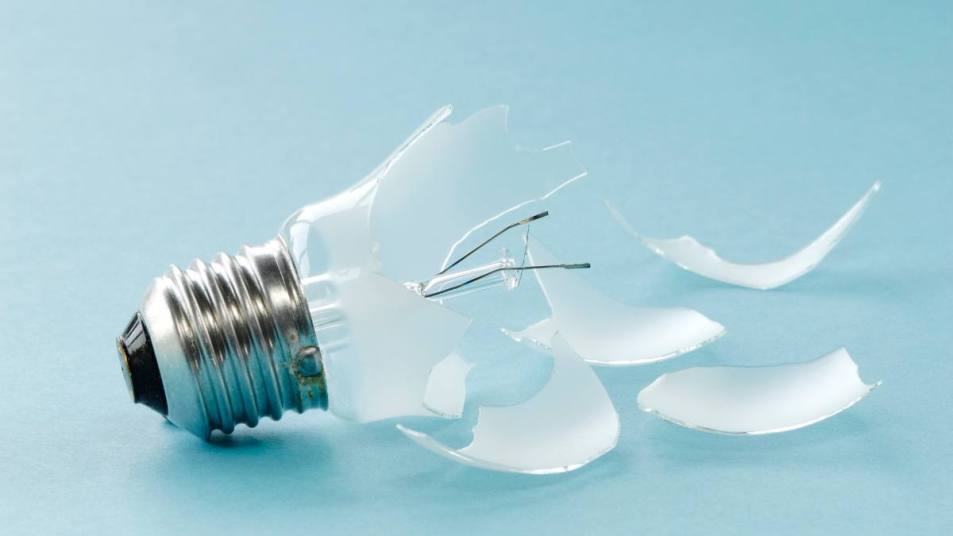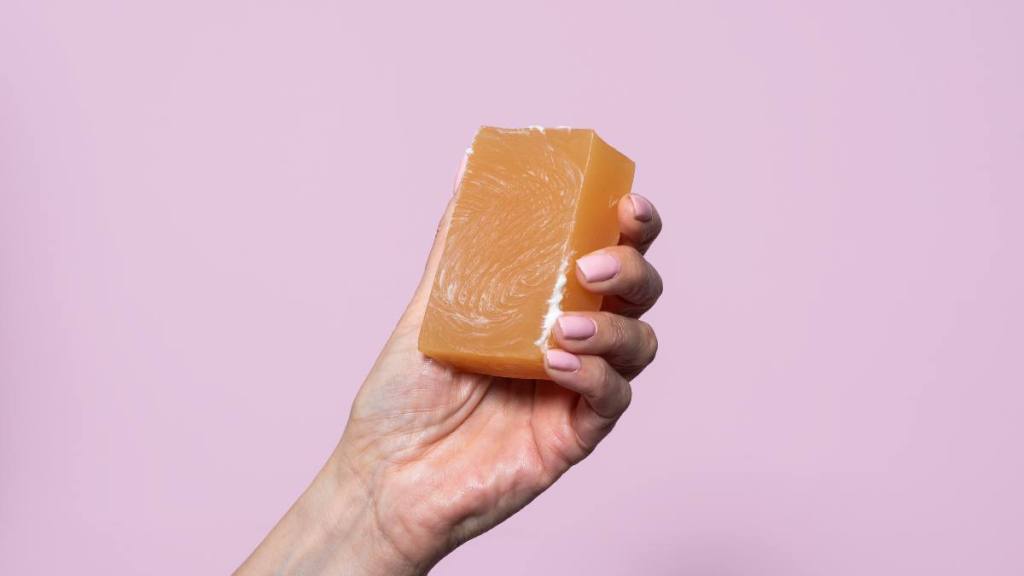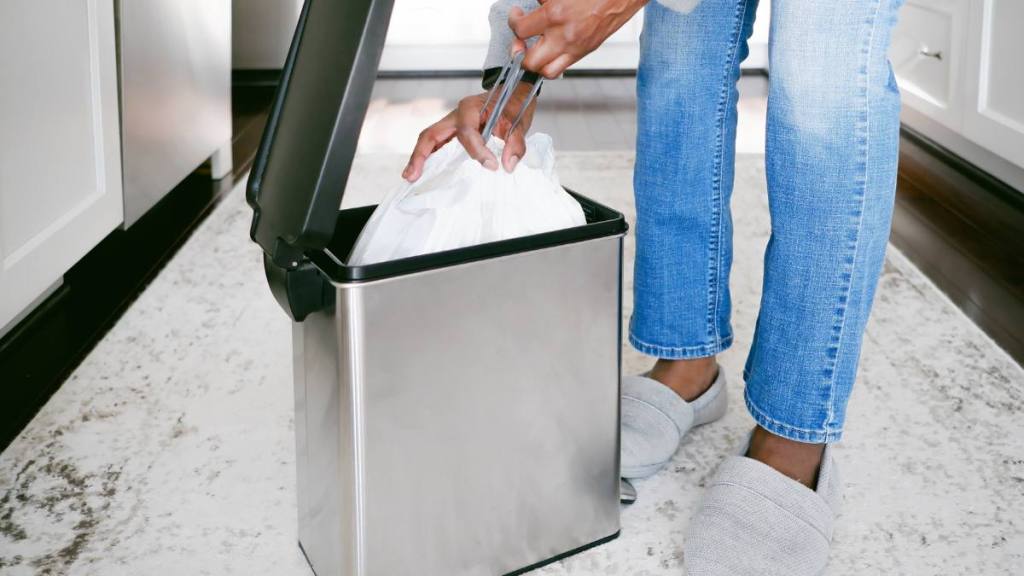Need to Remove a Broken Lightbulb? *This* Vegetable Can Help!
Plus, how to dispose of the glass properly

Ever try to change a lightbulb only to find it’s broken? If you have nothing to grasp onto, how will you get it out? Luckily your light fixture or lamp doesn’t have to be rendered useless. Lighting pros share how to remove a broken lightbulb safely and easily.
What can cause a lightbulb to break?
“Light bulbs will break off due to excess heat causing the glass to become fragile over time, especially halogen and incandescent bulbs,” says Allyson Saling, electrician and virtual electrical expert for Frontdoor, an all-in-one home care and maintenance app.
“Accidents also happen when moving tall furniture or swinging around a broom.” According to Michael Branover, home contractor, home services expert and founder of Branover Contractors Inc. What’s more, manufacturing defects, excessive vibration, the wrong wattage and forceful twisting can also lead to breakage. However it happens, you’ll want to act fast to remove the broken light bulb and all of its remnants, so as not to injure anyone.
How to remove a broken lightbulb
Before you do anything else, Saling says you have to turn off the power. “Be sure to test everything on a live circuit before trusting that the power is off,” she advises. To do this, she recommends a meter kit (Buy at Lowes, $30.98), which comes with an outlet tester, voltage meter and touchless voltage tester.
“I always turn the switch that controls the light and the breaker off as extra safety measures,” she continues. “You will need to grab some safety glasses and gloves. I’d also wear long sleeves, and make sure you’re on a stable surface.” If you’re using a ladder, have someone there to help stabilize it. Then try one of these tricks:
1. Grab needle nose pliers
This is the most intuitive solution, and the simplest for those who prefer not to use hacks. “Put them into the socket while closed, open them as far as you can, and twist counterclockwise. You’ll need to keep pressure in the open position of your needle nose on the bulb base while twisting,” Saling explains.
2. Enlist a potato
Branover says that surprisingly, a potato cut in half can work well to remove broken light bulbs. This is because it’s dense enough to give you some leverage but you can still get it into the socket with ease. Make sure to twist counterclockwise.
To see this trick in action watch the video below!
3. Use an extractor kit
If the bulb has seized up or you have limited mobility, Saling recommends an extractor kit: “The tool allows pressure to be applied in a squeezing motion rather than a pulling motion. It also has a piece of plastic that helps protect broken glass from falling in your face while removing.” Some even come with a long pole that allows you to work from the ground. (Buy at Home Depot, $23)
4. Grab a bar of soap

According to Branover, a bar of soap can do the trick well. Like with the potato, twist and push into the socket and twist counterclockwise. For safety, make sure that it’s thick enough to get the job done and is completely dry.
How do you clean up and dispose of broken light bulbs?

Make sure that if one of the following broke, you’re being extra careful:
- Compact fluorescent: When these bulbs break, not only do they release dangerous gas but they also break into pieces with sharp, pointy edges. ”If your CFL is broken, please gather all humans and pets to allow the room to ventilate for 5-10 minutes before beginning cleanup,” Sailing warns.
- Metal halide: Though Saling says they aren’t common in homes, she describes them as “the most dangerous” because they have built up gas in a bulb inside the socket. It’s extra important to take all necessary safety precautions.
How you handle cleanup depends on what kind of bulb you’re dealing with:
- Incandescent: After picking up the larger pieces, Saling says the easiest way to take care of the glass is to vacuum it. “I’ve found too many times that when I sweep glass up, my foot finds at least one shard left behind,” she quips.
- LED and compact fluorescent: With these bulbs, you don’t want to use the vacuum. According to Saling, “this could spread mercury-containing powder or mercury vapor throughout your home.” Instead, Branover recommends using a damp paper towel for the shards and sticky tape to collect the tiny fragments. Also important: Ventilate the area during and after cleanup.
Disposal requirements vary, so you’ll want to check with your local government. Some areas require certain or even all bulbs to be taken to a recycling facility. “If there are no local laws requiring recycling, you can dispose of the materials with household trash,” Saling explains. “You might think about double bagging — you don’t want anyone getting injured during transport.”
For more removal tips, click through the links below!
The Rubber Band Trick That Removes a Stripped Screw + More Pro Handyman Tips
How to Remove Fingerprints on Anything – Cleaning Pros Reveal Cheap + Easy Fixes
Cleaning Pro: The Step Most People Forget When Trying to Remove Stickers From Glass












